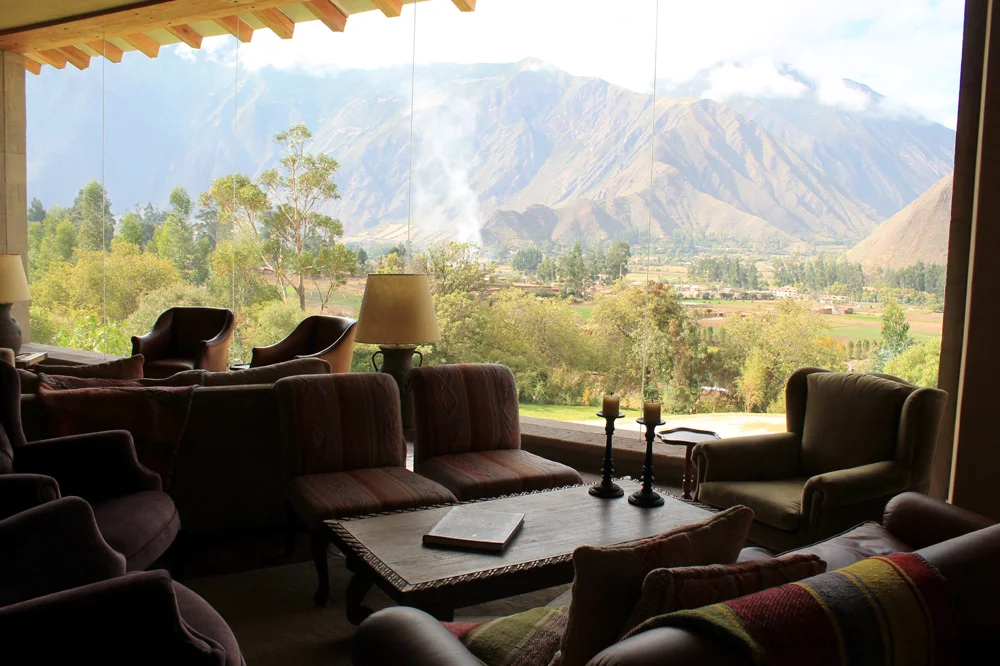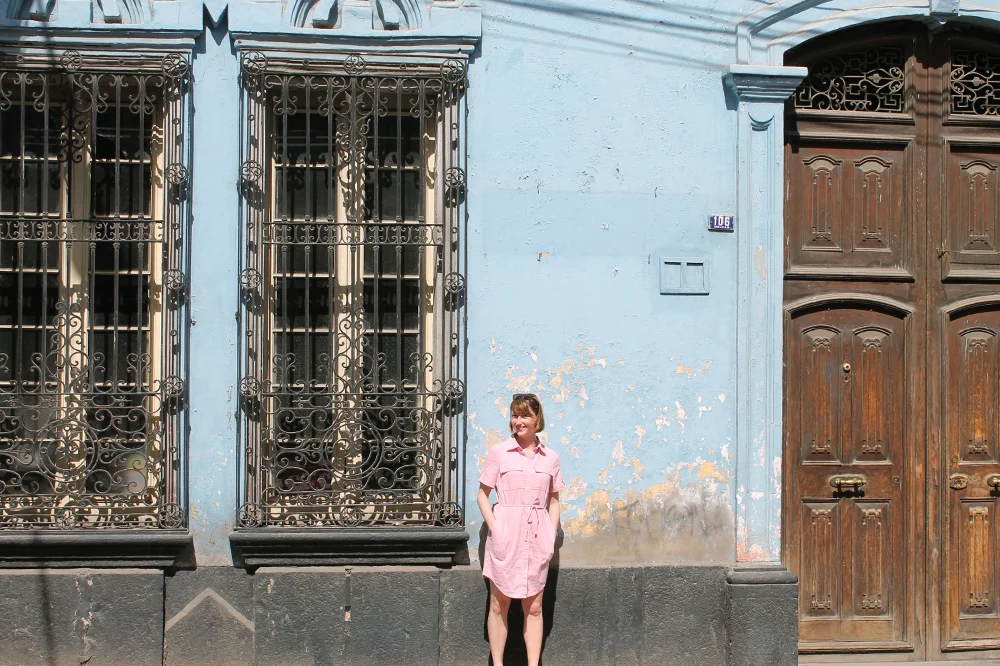
2017 in Review
It’s that time again, the year in review blog post! I’m terrible at remembering what I’ve done in a year, and tend to think I haven’t done much of anything, which is why I’ve got my diary out so I can go through month by month and remind myself of all the exciting stuff that’s happened.

Peru Part 4: Inkaterra Machu Picchu Pueblo Hotel
As soon as you step onto the grounds of Inkaterra Machu Picchu Pueblo Hotel you you are enveloped by dense jungle and an immediate sense of calm. It is such a perfect Oasis away from the noise and hubbub of the main town. Inkaterra own 12 acres of unspoilt cloud forest, and the hotel is nestled right into the jungle.

Peru Part 3 - Inkaterra Hacienda Urubamba
A night's stay at the incredible Inkaterra Hacienda Urubamba.

Peru Part 2 - The Sacred Valley
On the second part of our Peruvian adventure we explored the Sacred Valley, including Ollantaytambo, Moray, Maras, Chinchero and Pisac.

Peru Part 1 - Arequipa
The first part of our travel through Peru. After flying into Lima and staying one night we arrived in Arequipa, Peru's second largest city.
